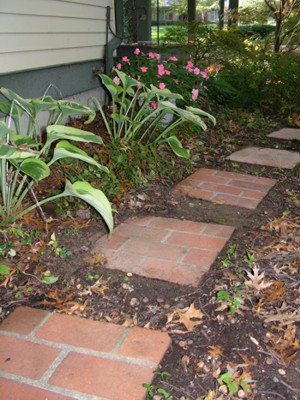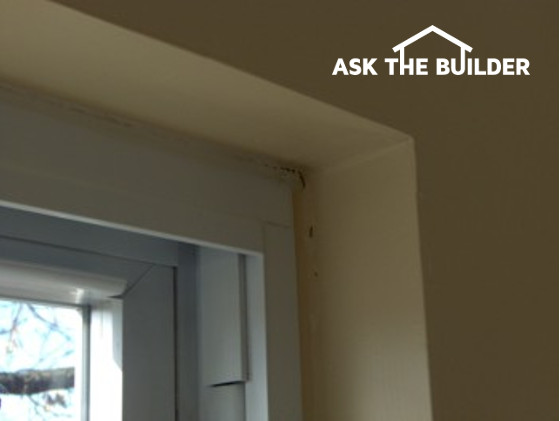The second home I owned had a tin roof on two porches. This may not impress you, but I'll bet this does: Consider that this tin roofing was over 100 years old and the pitch of both roofs was nearly flat. Flat roofs take the most abuse from Mother Nature. Both tin roofs were leak-free when I bought the home and for the ten years I lived in that house. I've been gone from that home nearly 23 years and drive by it on a regular basis. The roofs are still there and in great shape.
The reason why tin roofing is so superior is simple. The roofing material is actually rolled steel, but it's coated with tin. Tin is a metal that doesn't really corrode when pure rainwater hits it, and it's extremely weather resistant. The tin is chemically bonded to the steel in a plating process where the steel is heated quite hot and saturated with molten tin. The steel and tin molecules that are rapidly vibrating because of the heat interlock and bond permanently to one another. This is the same process used to galvanize nails.
Tin roof repair is not too difficult if the tin coating is still in place. Regular solder will bond to the tin if you heat up the solder and the tin roofing. This is exactly how the roofers who installed the roof on my home made weatherproof seams. They soldered the seams on site, and the solder was also weather resistant and not affected by water.
I've witnessed master roofers who have soldered tin roofs. I've done my own successful soldering of tin. It's not hard to do, but it helps to have the proper tools. You can find these special tools at real roofing-material supply houses that sell the rolls of tin that are used to make the tin roofing material.
A corrugated tin roof is not hard to work with. The ripples or corrugations stiffen the tin. If you work with flat tin from a roll, it's nearly impossible to hold straight. It's as unruly as a piece of wet spaghetti. Corrugated tin roofing is often the material of choice for beginners as it's easy to attach to a wood-framed roof. It's also not always necessary to solder any of the seams, as you can often achieve a weathertight roof by overlapping the corrugated pieces of metal.
Installing a tin roof like the one on my older home is not a task for a beginner. The two primary types of tin roof are standing seam and the flat-lock system. Both are attached to the wood sheathing using blind-nailed clips. The flat-locked tin roof requires superior skill to form the pieces and more importantly, soldering the seams between all the interlocking pieces of metal. These flat-locked tin roofs are a masterpiece to put it mildly.
When you get a tin-roof cost estimate, you may be in for a shock. These roofs are very expensive because they are so labor intensive. Labor in today's world is much more expensive than it was back in the early 1900's. This is why it was not a big deal to have tin roofs on regular homes years ago.
To keep a tin roof in great shape, it needs to be painted regularly. This is why the roofs on that house I owned lasted so long. They were painted with great coatings made to withstand the punishment Mother Nature could produce. Tin roof colors are as many as you might imagine. If you can get a paint company to tint an exterior metal paint the shade you desire, your tin roof can be that color. Black and red tin roofs are traditional colors, but if you want a green tin roof or a blue tin roof, that's not an issue.
Be sure that you clean a tin roof very well with soap and water before you paint it. Use a scrub brush and get all the dirt off. Rinse the roof well with clean water. Allow it to completely dry. Follow all the directions on the label of the paint can, making sure the paint you choose is intended for metal roofing. Apply it in the cooler parts of the day. Overcast days are better than sunny, windy days.


